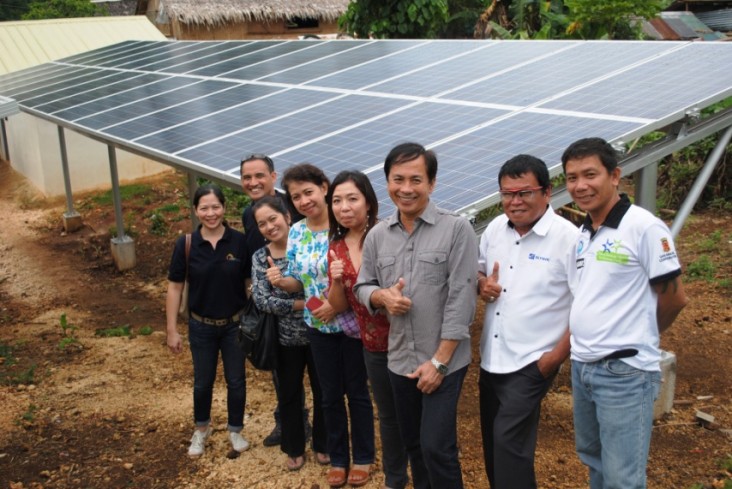
As one of the fastest growing countries in Asia, the Philippines faces unprecedented environmental challenges with disproportionate impacts on the poor and women. The country’s significant biodiversity resources are seriously degraded due to poor management; water and air pollution levels exceed generally accepted standards; greenhouse gas emissions (GHG) are increasing from the transport and power sectors; and the country is ranked as one of the world’s most vulnerable to the impacts of climate change and natural disasters.
For the Philippines to become a more stable, prosperous and well governed nation, the country must become more environmentally resilient, better able to cope with the impact of natural disasters and to recover quickly. Natural resources play an important role in the Philippines’ economy. While agriculture, fisheries and forestry represented about 9% of GDP in 2012, they accounted for nearly one-third (32.2%) of total employment. Equally important, natural capital provides energy, water, flood control, storm mitigation and other environmental services that benefit the entire country, including cities.
ACTIVITIES
Improve natural resources management
- Reducing threats to areas of biological significance
- Applying ecosystem approaches to fisheries and watershed management
- Countering Wildlife Trafficking
Promote water and energy security
- Influential energy studies: Comparative Electricity Pricing Study for Philippines and ASEAN countries; Bloomberg New Energy Finance for feed-in-tariff rates
- Supporting national and local greenhouse gas inventories and low emissions development strategies
- Increasing investment for clean energy and water/sanitation projects
Reduce vulnerability to climate change impacts and natural disasters
- Increasing Philippine Government capability and quality of modeling technologies to manage storm surge and hydrometeorlogical risk
- Technology transfer: in 2013, 65 adaptation tools extended to local governments for Disaster Risk Reduction initiatives
- Increase climate resiliency of water and sanitation facilities








Comment
Make a general inquiry or suggest an improvement.